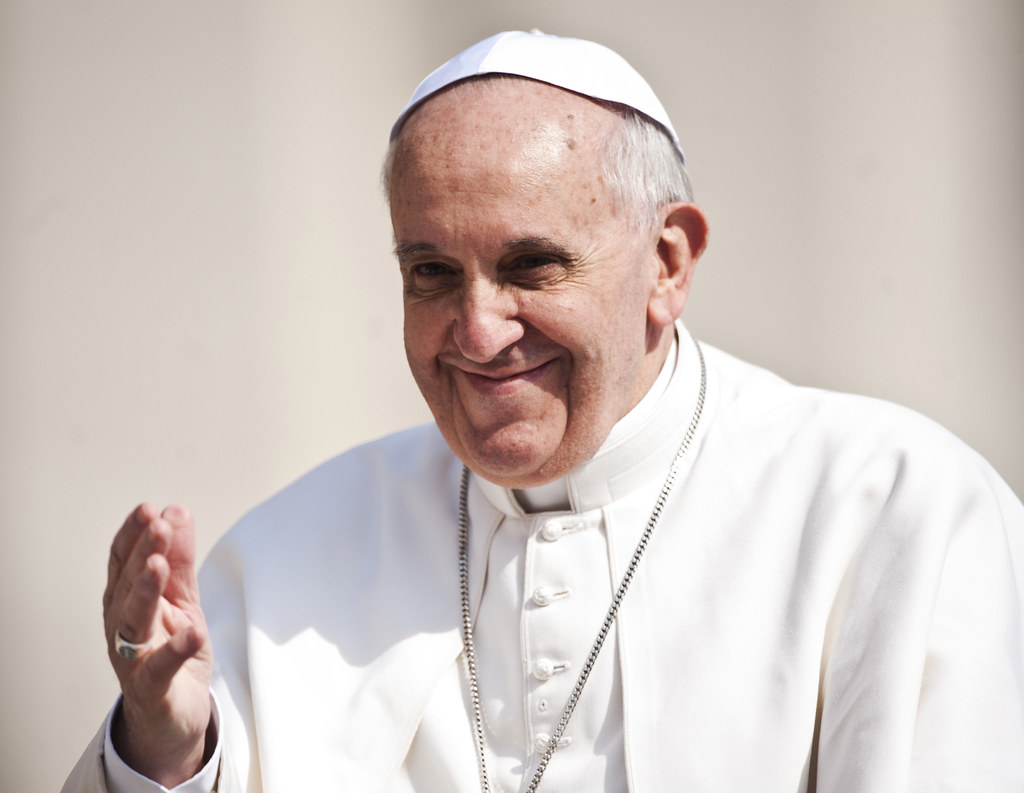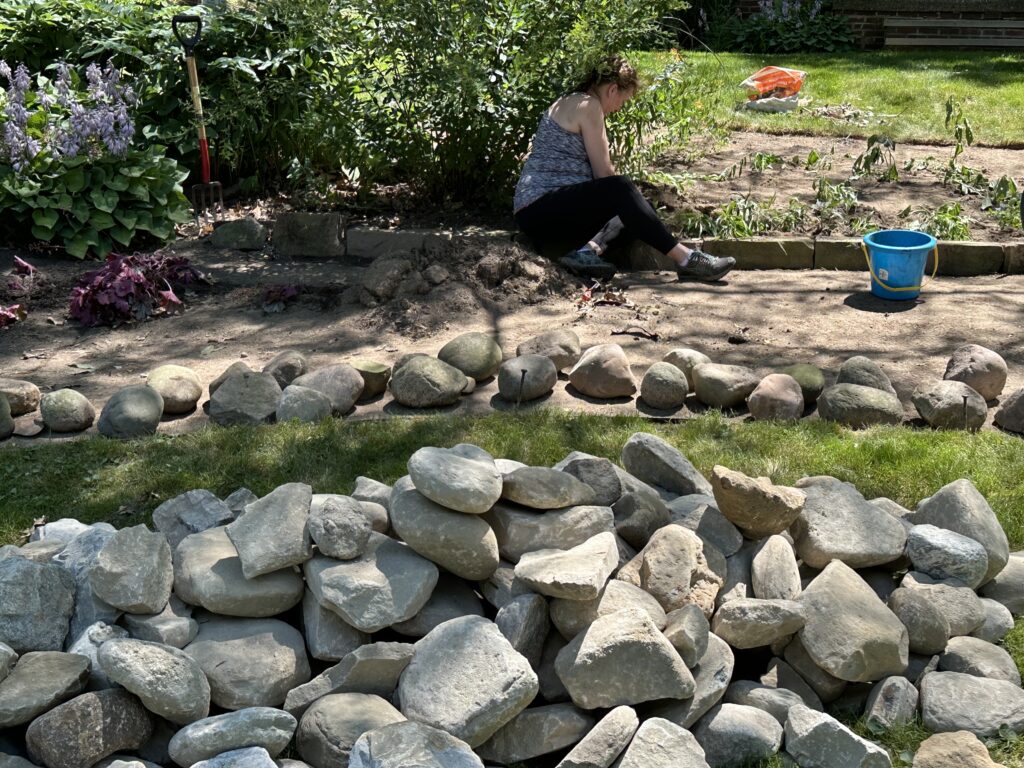President Trump refuses to accept defeat. He continues to attack the electoral system and political functionaries, even from his own party. Republican leaders are pouring fuel on the fire through open support of Mr. Trump’s narrative or by remaining silent. Few have condemned the contempt he is showing for the democratic process. Democratic Party leaders are biding (Bidening?) their time, presumably shy of open confrontation and further antagonizing the president’s vocal, sometimes-armed supporters.
Zeynep Tufekci warns in The Atlantic that Americans are facing a coup of sorts. The term doesn’t quite fit and Tifekci is reflexive about it. The grayness should not become the point. She says,
Our focus should not be a debate about the proper terminology. Instead, we should react to the frightening substance of what we’re facing, even if we also believe that the crassness and the incompetence of this attempt [to steal the election] may well doom it this time.
Zeynep Tufekci, “This Must Be Your First,” The Atlantic
Her point is well taken. It seems prudent to leave the semantics to historians and political scientists who will, in the future, have a clearer picture of this surreal time.
In the short term our attention would be better spent on understanding the president’s strategy and tactics and how they’re undermining US democratic norms and institutions. We also need to attend to the 74 million Americans who voted for Trump, a large-enough proportion of whom believe his allegations that their collective will has been undermined. It is concerning that the president’s supporters, some armed, are protesting outside the homes and offices of state and local officials. Political intimidation, while not uncommon, is inimical to democratic norms when the possibility of physical violence looms.
How can the president’s supporters be convinced of the election’s legitimacy? There is ample evidence that president-elect Biden won the election fair and square and that the result stands in spite of numerous attempts to challenge and upend it. Consider the facts:
- The presidential race was called by the Associated Press, as is customary, in favor of Mr. Biden, who won with 51.4% of the vote versus Trump’s 46.9%. This gives Biden a 306-232 advantage in the electoral college. He also won the popular vote by 7 million.
- Election results have been re-certified after recounts in close contests.
- The Government Services Agency accepted the election result and initiated a transition.
- Several US courts have rejected as baseless lawsuits alleging voting irregularities.
- The Supreme Court with three Trump appointees rejected a Republican challenge to the outcome of the election in Pennsylvania. And there seems little chance that a lawsuit filed by Texas Attorney General Ken Paxton (now joined by several states) requesting the court overturn the results in four other states will be successful.
Even so, the polarity of the moment informed by partisan media platforms, social media bubbles, fear and skepticism, the perception that meaning is derived from power, and a raft of differing hopes and dreams for the future of America, makes the result hard to accept for some. The Republican leadership’s refusal to stand up for the democratic practices and institutions that are the pride of the United States and failure to challenge the president’s false narrative, possibly for fear of losing votes in future intraparty election contests, contributes to the growing unrest. Where there is a lack of morally courageous leadership, the people flounder. I’m left to wonder if this is the end of democracy. And I don’t mean the death of democracy – but rather its telos.
Does democracy inevitably nurture intractable divisions?
Judging by the state of the Union, this seems plausible. And it’s not unprecedented. The Civil War is a rather stark reminder. Lincoln said in his Gettysburg address,
Four score and seven years ago our fathers brought forth, upon this continent, a new nation, conceived in liberty, and dedicated to the proposition that all men are created equal.
Now we are engaged in a great civil war, testing whether that nation, or any nation so conceived, and so dedicated, can long endure.
Abraham Lincoln, Gettysburg Address, November 19, 1863
The key word is “testing.” The Civil War, so viciously contested, was, according to Lincoln, a test to determine if a nation conceived in liberty and dedicated to the proposition that every person is created equal was – is – viable. While the Union won and emancipation resulted across the Confederate states, that test yielded mixed results at best. Emancipation did not lead to the fullness of the freedom implied by liberty. Instead, Jim Crow, valorization of the Confederate cause, red lining, lynching, and the likes were instituted. Many continue to be threatened by the notion of equality. This is especially true when politics is viewed as a zero-sum game and someone else’s right to equal economic, political, and social standing is a threat to me and mine.
The fact of the matter is that as mature a democracy as the United States is, we are still taking Lincoln’s test. We’re still determining whether a nation conceived in liberty, and dedicated to the proposition that every person is created equal, is viable. And at present, we’re again – probably, still – failing.
To invoke the preamble to the Constitution, we’re far from a more perfect Union, from establishing justice, insuring tranquility, providing for the common defense, promoting the general welfare, and securing the blessings of liberty to ourselves and our posterity.
Instead of ensuring their chances for reelection, perhaps our political leaders should set aside hubris and fear and lead again with moral courage toward a vision of a more perfect Union – a vision of a diverse yet unified people, embracing a common identity in spite of ideological differences that ensures the defense and wellbeing of every individual, community, and the people as a whole. This may sound naive, but let’s give it a chance. We surely have more to gain than lose.
It would seem that the end of democracy is embedded in the integrity with which we take the test. Could it be that the end is the means – the common practices, institutions, and thought orientations – that lead to greater unity, even a more perfect Union? The framers did not call for a perfect Union, but a “more perfect Union.” This may well be within our grasp if we can gain needed perspective on the identity markers and politics that separate us, provided we can let go of the fear that keeps us from embracing meaningful, actionable liberty and justice for all.
Perhaps the point is not to convince the president’s most ardent supporters, or even the president himself, of the veracity of the election’s result, but rather to convince them that we’re still taking the test and will receive better results when we take it together.

